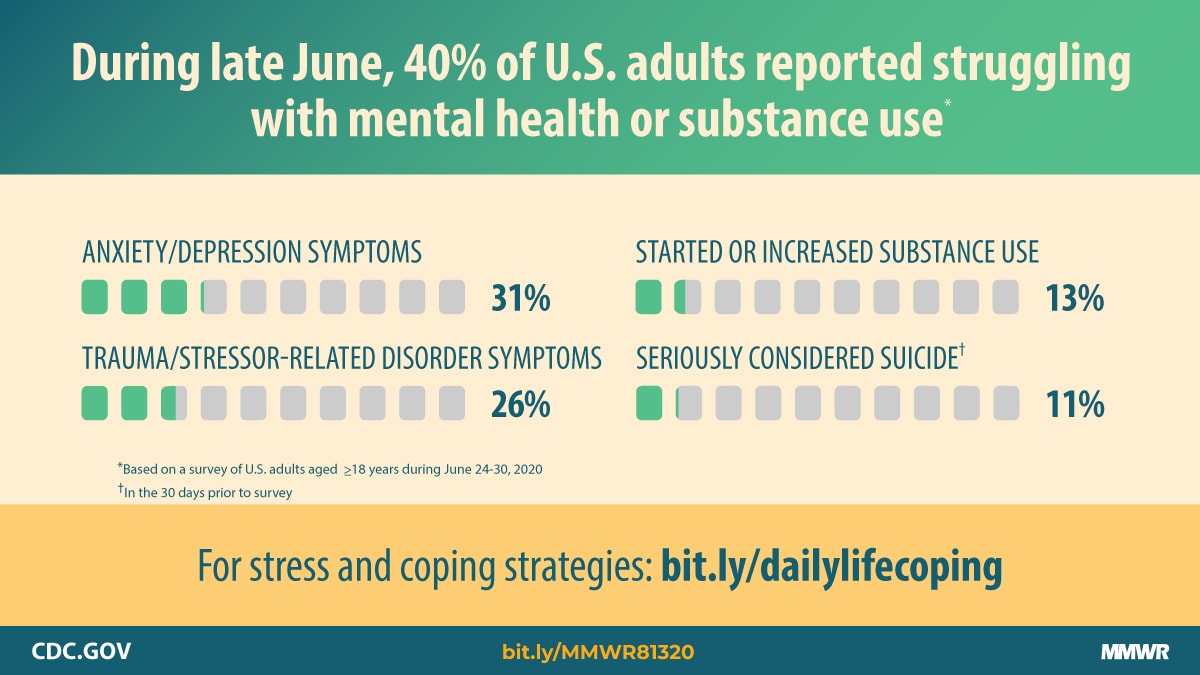I felt like this reading gave me an array of emotions to deal with. On one side, I appreciated the reflections of feeling emotionally “paralyzed” by all the negativity in the world. Especially this semester, I have lost the ability to be empathetic towards so many things. There has been so much violence, death and injustice in the world, and the university has done so so so little to support the communities that are suffering the most. I think the fact many POC communities had to protest for basic services from the university on a wellness day sums up the school’s support pretty well. Anywhooo, I feel as though this sensation of emotional apathy can also come from the perception one has over the work they are doing. A lot of the times, service is seen as an action that helps others, but more often than not, service is performative and helps make the provider “feel better” more than it helps the one receiving service. There is definitely a “pressure of virtue” in our society that makes people believe they have to help other people in order to be a good person. Although this can objectively be a good thing, it can also create a great deal of apathy, and even a false sense of accomplishment for doing the bare minimum for another human being.
The part of this essay I didn’t quite like, and I feel is very common in our society, is the rhetoric used throughout the essay. The author mentioned having a chronic illness and framed his idea of service around the small acts of kindness others would do for him that made his life a little bit easier. Instead of focusing on the fact that in one of the most highly developed countries in the world a man with a chronic illness was walking home over a mile in the snow, that “capitalistic” mentality makes us all go “wow what a resilient guy! Oh and his neighbor’s a saint for driving him home!” Maybe it’s just me, but my first reaction was “Uhh what? This man becomes literally paralyzed at random, and he doesn’t have some reliable form of transportation paid for by his insurance/ government??” Idk, just food for thought. I do not believe service should be interpreted as providing basic human needs that the state, or employers, should already be providing. I feel that maintaining this mentality only perpetuates this exploitation of the working class.

